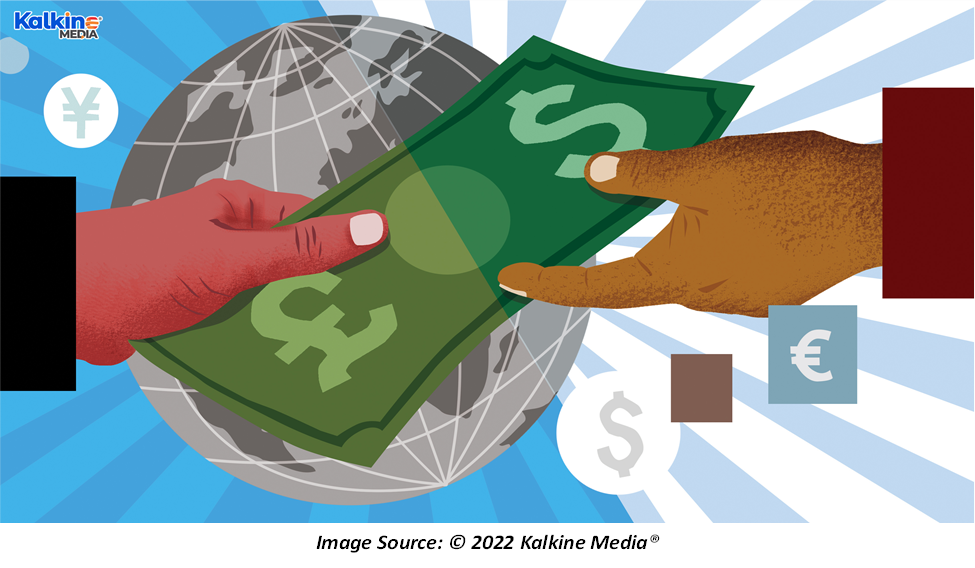Highlights
- The recent data from the Australian Bureau of Statistics (ABS) suggests that retail trade increased while international trade declined in November.
- November marked the fourth consecutive month when retail sales rose sharply in Australia.
- Australia is in the process of developing trade relations with some countries.
The Australian economy seems to be locked in between favourable and challenging conditions ever since the Omicron variant started to spread within the country. This has led to a series of highs and lows for major economic indicators. While retail trade has been steadily improving in the country, international trade is yet to recover with the same vigour.
The recent data from the Australian Bureau of Statistics (ABS) supports the above stance. As per the ABS, November 2021 saw retail trade rising by 7.3% on a month-on-month basis, and 5.8% on a year-on-year basis. During the same period, the goods and services surplus declined by AU$1,358 million from October 2021, driven by a greater rise in imports.
ALSO READ: After a disruptive 2021, what are the economic factors to look at in 2022?
Pre-Christmas sales reaching record highs
November was a significant month for retail sales in Australia. The massive uptick of 7.3% in overall retail activity has led to retail sales reaching a never-before-seen high. The previously set record of November 2020 was also overshot in 2021 as consumers geared up for holidays amid a quickly recovering economy.

November also marked the fourth-strongest monthly rise in retail sales, which stood at their highest level ever recorded. Easing restrictions helped retail sales recover all ground that was lost because of the delta variant, especially in the South-Eastern states and territories. Notably, Victoria recorded the highest rise in sales of 20%, followed closely by Australian Capital Territory, where sales rose by 19.2%.
Burgeoning sales emerged partly due to the restriction lifting period coinciding with the pre-holiday boom in consumer demand. Many consumers utilised the holidays as a chance to relieve some of their pent-up demand for consumer goods. Ultimately, clothing, footwear, household goods and department goods were some of the segments that benefitted from the rise in sales. However, food retailing saw a drop in sales during the month as more consumers probably chose to dine out.
RELATED READ: Five consumer trends that can emerge in 2022
International trade takes a hit
The balance on goods and services has been declining constantly since July 2021. During November 2021, the indicator fell to AU$9,423 million, reflecting a fall of more than AU$1.3 billion from the previous month. While exports (credits) of goods and services rose 2% to AU$43,859 million, imports (debits) surged by 6% to AU$34,436 million. Exports of Other rural drove an overall rise in exports, while a rise in imports of primary industrial supplies prompted an increase in imports.

While exports are yet to gain traction within the country, Australia is in the process of developing trade relations with other countries. Most recently, the UK signed a trade agreement with Australia to bolster post-Brexit relations with the country. Additionally, Australia is in talks with India over an interim trade deal between the countries. The agreement on goods, services, investments, and government procurement is expected to benefit both countries mutually.
In a nutshell, November was an ideal time for the economy to experience a boom in consumer spending amid the pre-Christmas craze. However, the economy could become prone to declining consumer confidence in the wake of the Omicron variant. The virus threat could hamper international trade as economies take a cautionary stance to examine the effects of the new variant.
ALSO READ: How is Omicron variant emerging as a threat for Australian economy?




